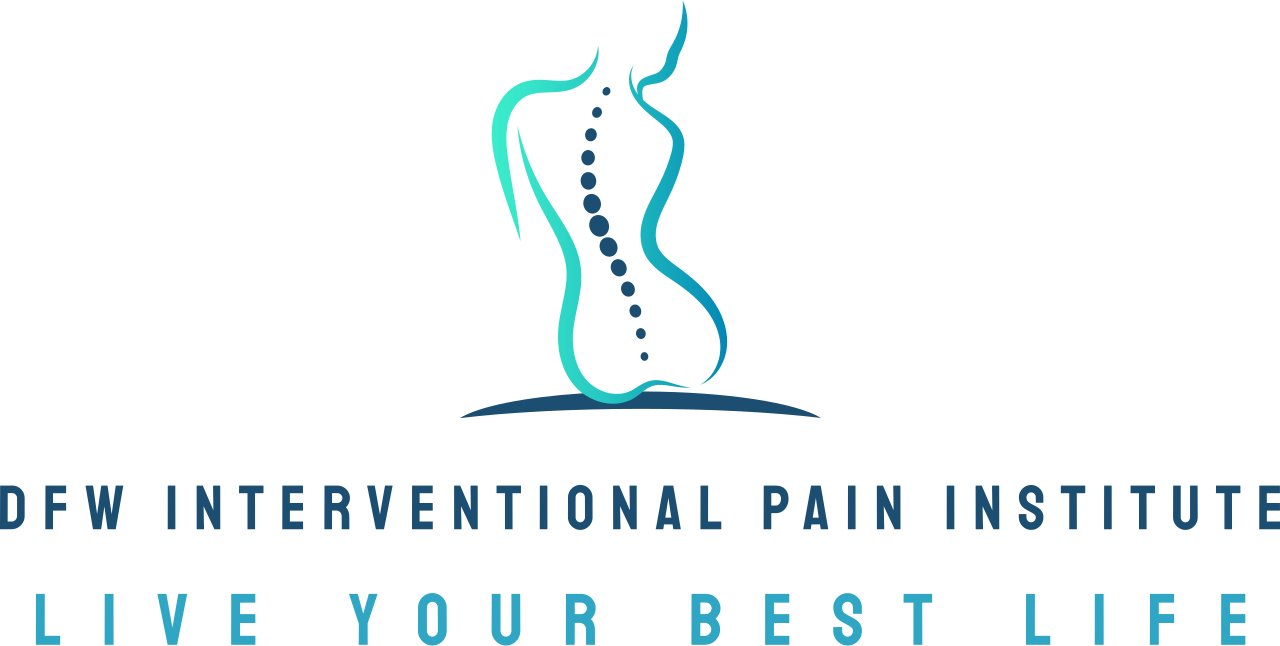What you need to know about spinal cord stimulation
Chronic pain affects millions of Americans, disrupting sleep, limiting daily activities and diminishing overall quality of life. When conservative treatments like physical therapy, medications and injections don't provide adequate relief, many patients feel discouraged and wonder if they'll ever find a solution. Spinal cord stimulation (SCS) offers hope for those who haven't found relief through traditional pain management approaches, and this blog post will focus on everything you need to know about SCS.
Understanding spinal cord stimulation
Spinal cord stimulation is a minimally invasive procedure that uses electrical impulses to interrupt pain signals before they reach the brain. The technique involves placing thin wires called electrodes near the spinal cord in the epidural space. These electrodes are connected to a small, implantable device that generates mild electrical pulses.
When activated, the device sends these electrical signals to the spinal cord, effectively "masking" pain signals and replacing them with a gentle tingling sensation or no sensation at all. Think of it as changing the channel on your body's pain signals before they reach your brain.
SCS is typically considered when more conservative treatments—such as physical therapy, medications, injections or other procedures—have failed to provide adequate pain relief. It's particularly effective for certain types of chronic pain, including back pain, neck pain and joint-related discomfort.
Who is a candidate for spinal cord stimulation?
Not everyone with chronic pain is a good candidate for spinal cord stimulation. The best candidates typically have specific characteristics and pain patterns that respond well to this therapy.
At DFW Interventional Pain Institute, Dr. Lopez and our team conduct thorough evaluations to determine if SCS might be right for you. This comprehensive assessment includes taking time to listen to your concerns, reviewing your medical records and imaging studies, performing a detailed physical examination and ordering any additional tests needed to reach an accurate diagnosis.
The evaluation process is crucial because treatment plans must be tailored to each patient's unique situation, lifestyle and desired outcomes. Dr. Lopez considers factors such as the location and type of your pain, previous treatments you've tried, your overall health status and your personal goals for pain management.
Generally, the best candidates for SCS have chronic pain that has persisted despite other treatments, specific types of nerve-related pain, realistic expectations about the procedure's outcomes and the ability to participate in a trial period to test the therapy's effectiveness.
The spinal cord stimulation procedure
The SCS process involves several carefully planned steps, beginning with an initial consultation and progressing through a trial period before any permanent implantation.
During your consultation, Dr. Lopez will discuss your pain history, examine you thoroughly and explain how SCS works. If you're deemed a good candidate, the next step is typically a temporary trial stimulator.
The trial period is a crucial part of the SCS process. During this phase, thin electrodes are placed near your spinal cord through a minimally invasive procedure, usually performed in an outpatient setting. These temporary electrodes are connected to an external stimulator that you wear for about a week.
This trial allows you and Dr. Lopez to evaluate how well SCS works for your specific pain pattern. You'll be able to test the device during your normal daily activities and assess whether it provides meaningful pain relief.
If the trial is successful—typically defined as achieving at least 50% pain reduction—you may be a candidate for permanent implantation. The permanent procedure involves placing the electrodes in the same location as during the trial, but connecting them to a small, implantable pulse generator placed under the skin, usually in your lower back or abdomen.
Benefits and expectations
It's important to understand that spinal cord stimulation doesn't eliminate pain completely. Rather, it significantly reduces pain levels for many patients, often by 50% or more. This reduction can be life-changing, allowing people to return to activities they enjoy and improve their overall quality of life.
Patients often report improvements in their ability to sleep, participate in daily activities and maintain better relationships with family and friends. Many find they can reduce their reliance on pain medications, which can decrease side effects and improve mental clarity.
Risks and considerations
Like any medical procedure, spinal cord stimulation carries potential risks and complications. These may include infection, bleeding, device malfunction, lead migration or the need for additional procedures.
Some patients may experience temporary discomfort at the implant site, changes in stimulation patterns over time or the need for battery replacement (depending on the type of device used). In rare cases, the procedure may not provide the expected level of pain relief.
Dr. Lopez takes time to discuss these potential risks with each patient, ensuring they have a complete understanding before proceeding with treatment. The decision to move forward with SCS should always be made in partnership with a qualified pain management specialist who can provide personalized guidance based on your specific situation.
The role of a pain management specialist
Choosing the right pain management specialist is crucial for successful SCS outcomes. The complexity of chronic pain conditions and the technical aspects of spinal cord stimulation require specialized expertise and experience.
Dr. Edrick Lopez brings exceptional qualifications to this field. As a double board-certified physician with training from Harvard Medical School, he has the expertise to evaluate complex pain conditions and determine the most appropriate treatment approaches. His fellowship training in pain medicine through the University of Texas Health Sciences Center provides additional specialized knowledge in advanced pain management techniques.
At DFW Interventional Pain Institute, the philosophy is clear: living with pain is not your only option. Through advances in medication and therapeutic practices, our team can help you live your best life. This patient-centered approach ensures that treatment recommendations are always made with your individual goals and circumstances in mind.
Take the next step toward pain relief with DFW Interventional Pain Institute
Spinal cord stimulation represents a valuable option for managing chronic pain when other treatments haven't provided adequate relief. While it's not the right solution for everyone, it has helped many patients significantly reduce their pain levels and improve their quality of life.
If you're living with chronic back pain, neck pain or joint pain that hasn't responded to conservative treatments, it may be time to explore advanced options like spinal cord stimulation. Dr. Lopez and our team at DFW Interventional Pain Institute can provide the expert evaluation and personalized care needed to determine if SCS might be right for you.
Don't let chronic pain continue to limit your life. Contact DFW Interventional Pain Institute today to schedule a consultation and learn how our proven therapeutic methods can help make pain a thing of the past. Call us or visit our website to book an appointment and take the first step toward living your best life.

